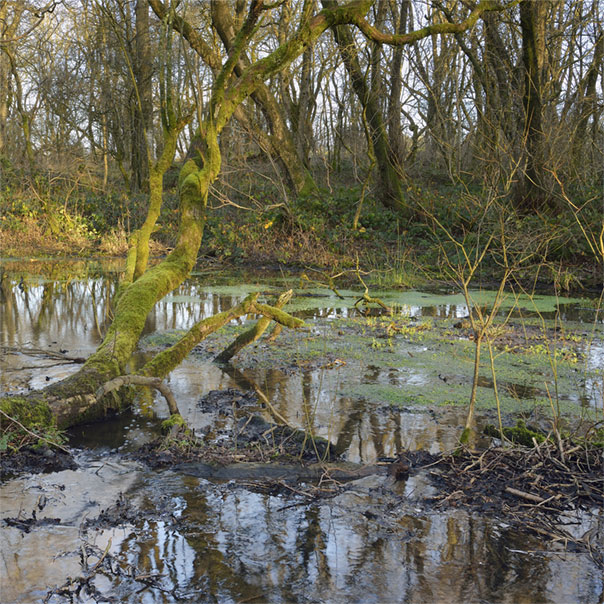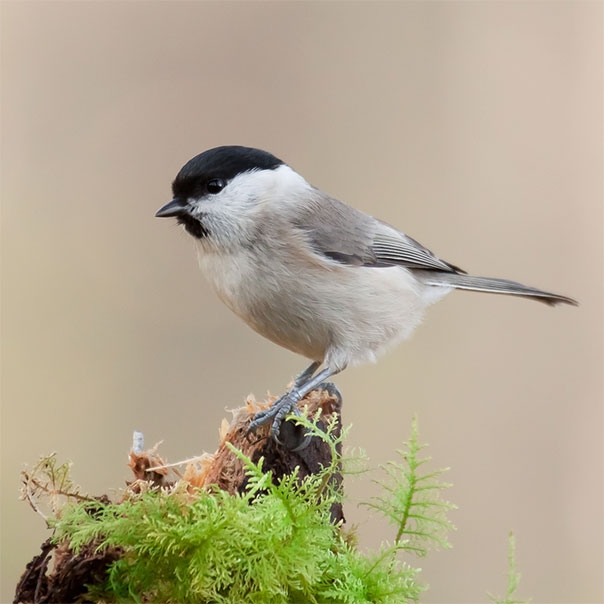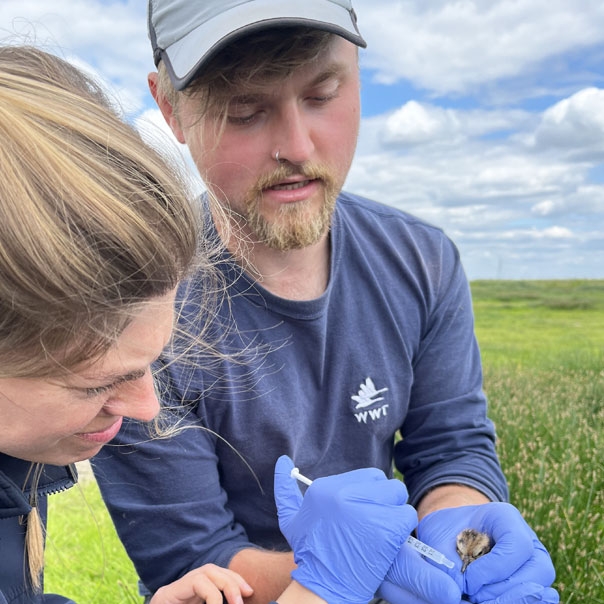Willow tit
Already extinct across much of southern England, the willow tit is a lover of our wet woodlands, where it likes to nest in rotting trees.
The British willow tit is the UK’s fastest declining resident bird and is now rarer than the southern white rhino.
Since 1995 it’s suffered an 85% decline, with the number of breeding pairs dropping from 23,000 to just 3,500. In fact, it’s already extinct from much of southern England where it used to be found.
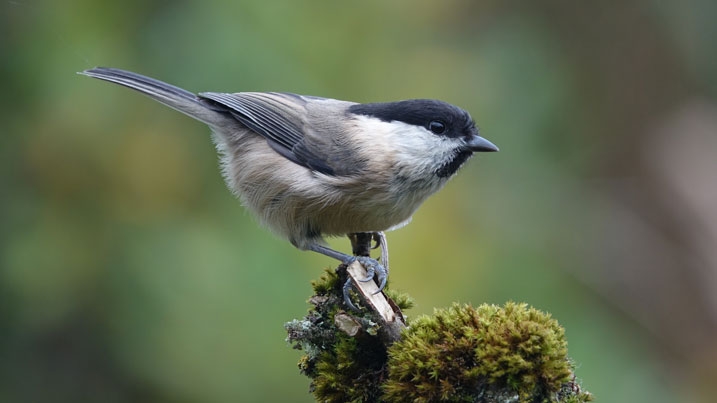
The challenge
It’s unclear exactly what’s causing the willow tit’s decline.
It’s believed to be due to habitat loss, nest hole competition from other birds, such as blue tit, and nest predation from great spotted woodpeckers.
A key part of the project is to shed more light on this issue and learn about the willow tits at our WWT centres.
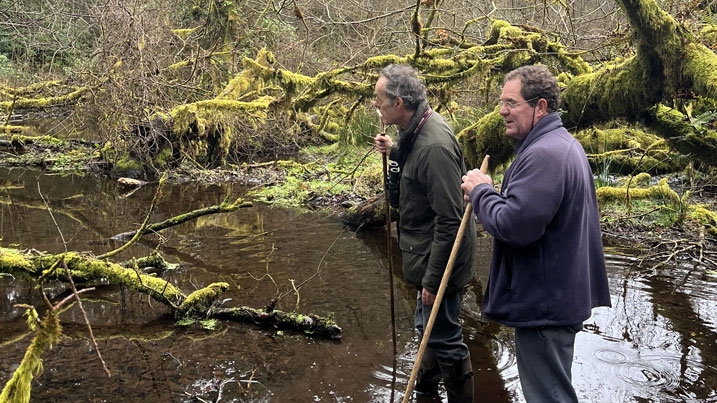
What we have done so far
2023 saw the start of WWT's willow tit project. We're aiming to learn more about the birds at our Washington site and the possible ways we can help the species at the rest of our sites and nationally.
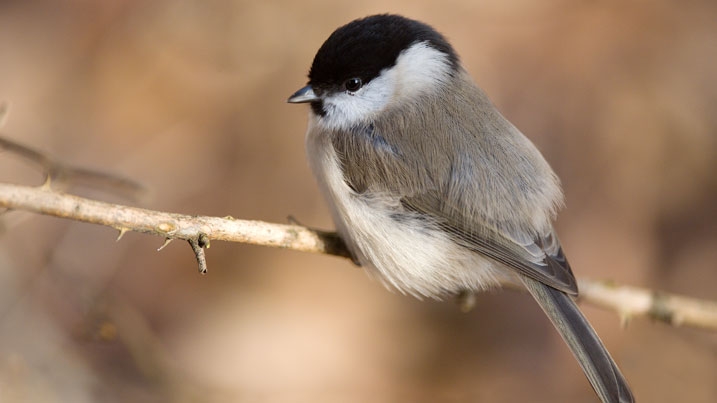
Willow tits at WWT Washington
Willow tits have been a regular sight at WWT Washington. We have a number of pairs breeding there and we continue to manage the wet woodlands and other habitats to encourage them to stay. Yet very little is known about their population on site.
Now thanks to a collaboration between the British Trust for Ornithology (BTO), the University of Newcastle and our reserves team, we’re gathering vital information on this ‘wet woodland specialist’ across a 100-acre site, at both WWT Washington and along the River Wear.
We’re doing this by setting up a colour ringing scheme and citizen science project asking visitors to register any sightings. We’re hoping, this, along with a camera trap study, will help us shed light on how big the current willow tit population is, where they like to nest, how successful they are at nesting and what the causes of nest failure are. We’re also investigating the role of known willow tit nest predators like grey squirrels and great spotted woodpeckers.
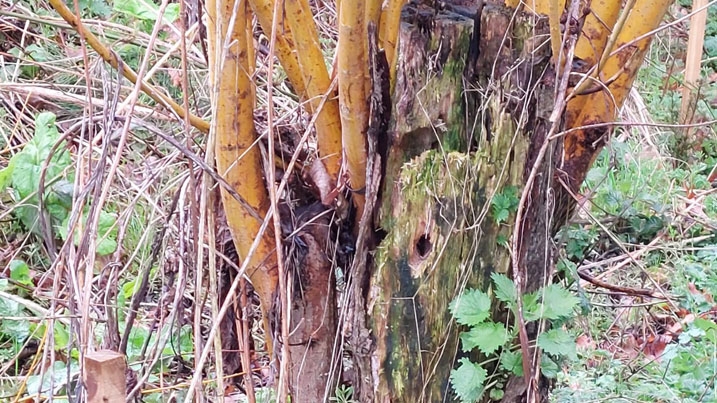
What we are going to do
We’re also using the close order management experience we’ve gained headstarting black-tailed godwits, Eurasian curlew and spoon-billed sandpipers. We want to see if we can use similar techniques to safeguard and restore willow tit populations.
We’ll be trialling this initially with the less threatened blue tit. We'll be collecting eggs under a license from Natural England from our Slimbridge reserve. We'll then incubate, hatch and rear the chicks, in our specialist conservation breeding facilities. They'll then be released back into the wild when they’re ready to fledge.
In addition, we’ll also be trialling ‘predator proof’ willow tit nesting boxes. We’ll test these at WWT Washington and WWT Llanelli, as well as at two other sites - in south Wales and Cornwall - where there are known populations of willow tit.
A further challenge facing the willow tit is its sedentary lifestyle. This means isolated populations are unable to exploit potentially new habitats, for example wet woodlands created by beavers. In the future, we’re hoping to expand our role in beaver driven wetland creation, so creating potential to ‘translocate’ willow tits to these newly created wet woodlands.
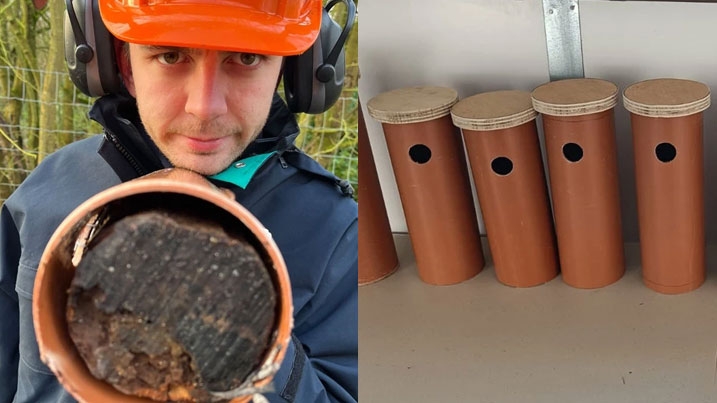
Key achievements and outputs
- Initiated a colour ringing study for the willow tits at Washington, with three already individually colour marked
- Set up a ‘citizen science’ project for visitors to WWT Washington
- Over 40 ‘predator-proof’ nest boxes have been created and distributed to willow tit sites around the country
- Begun preparations for a blue tit trial
